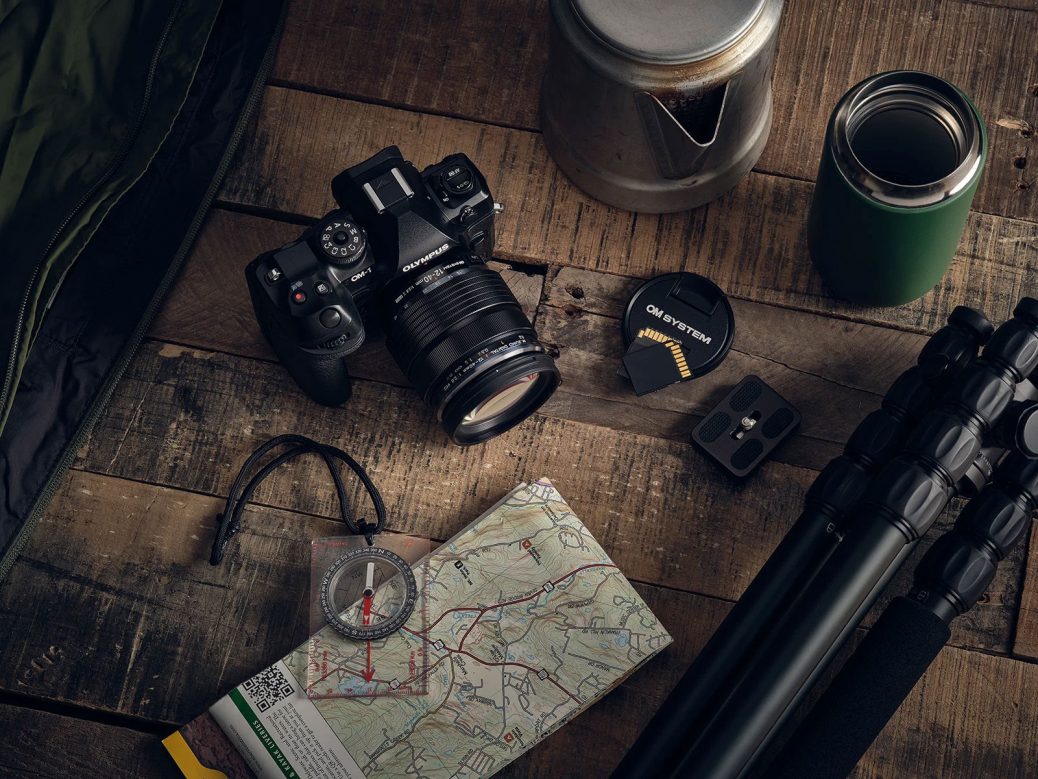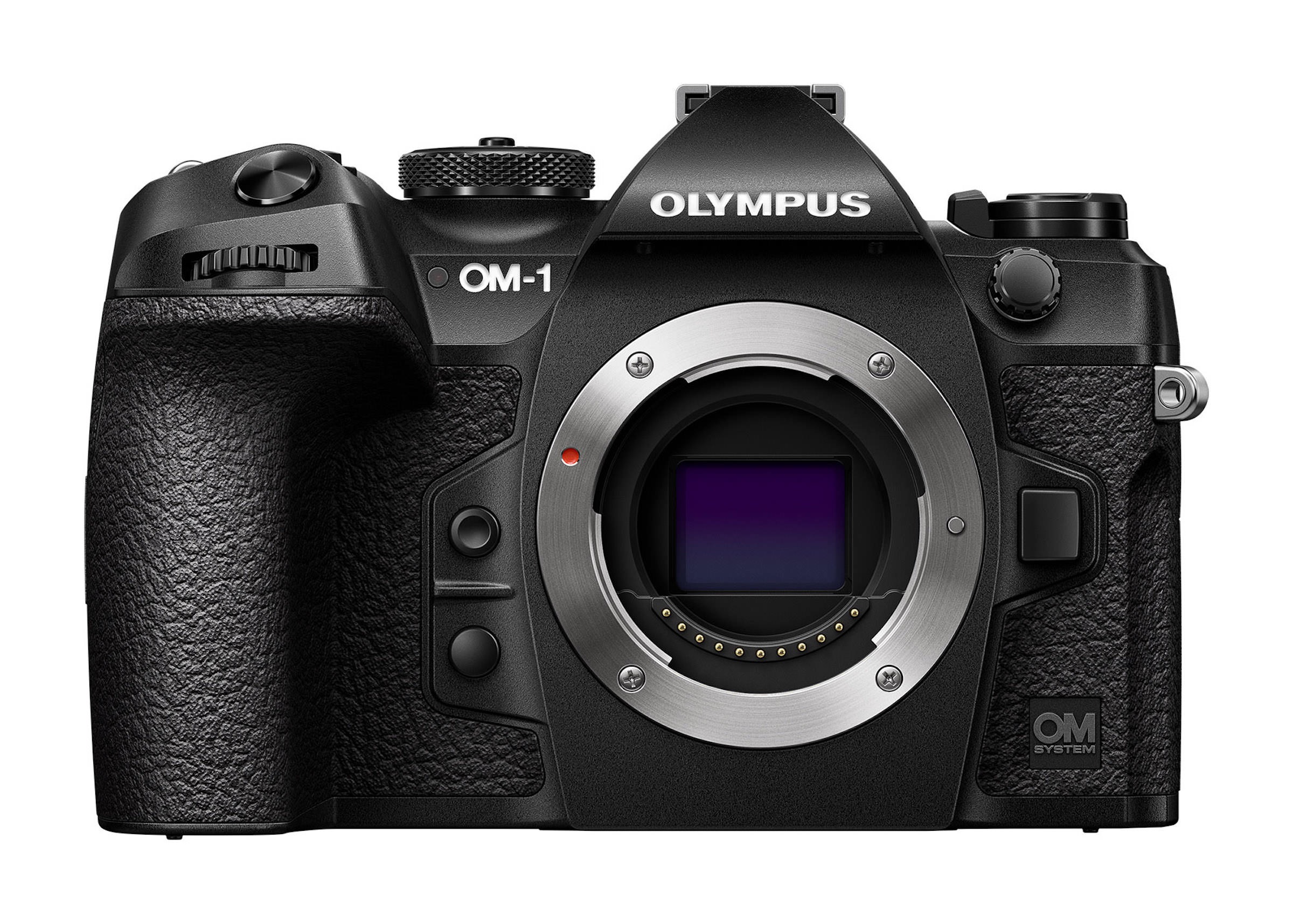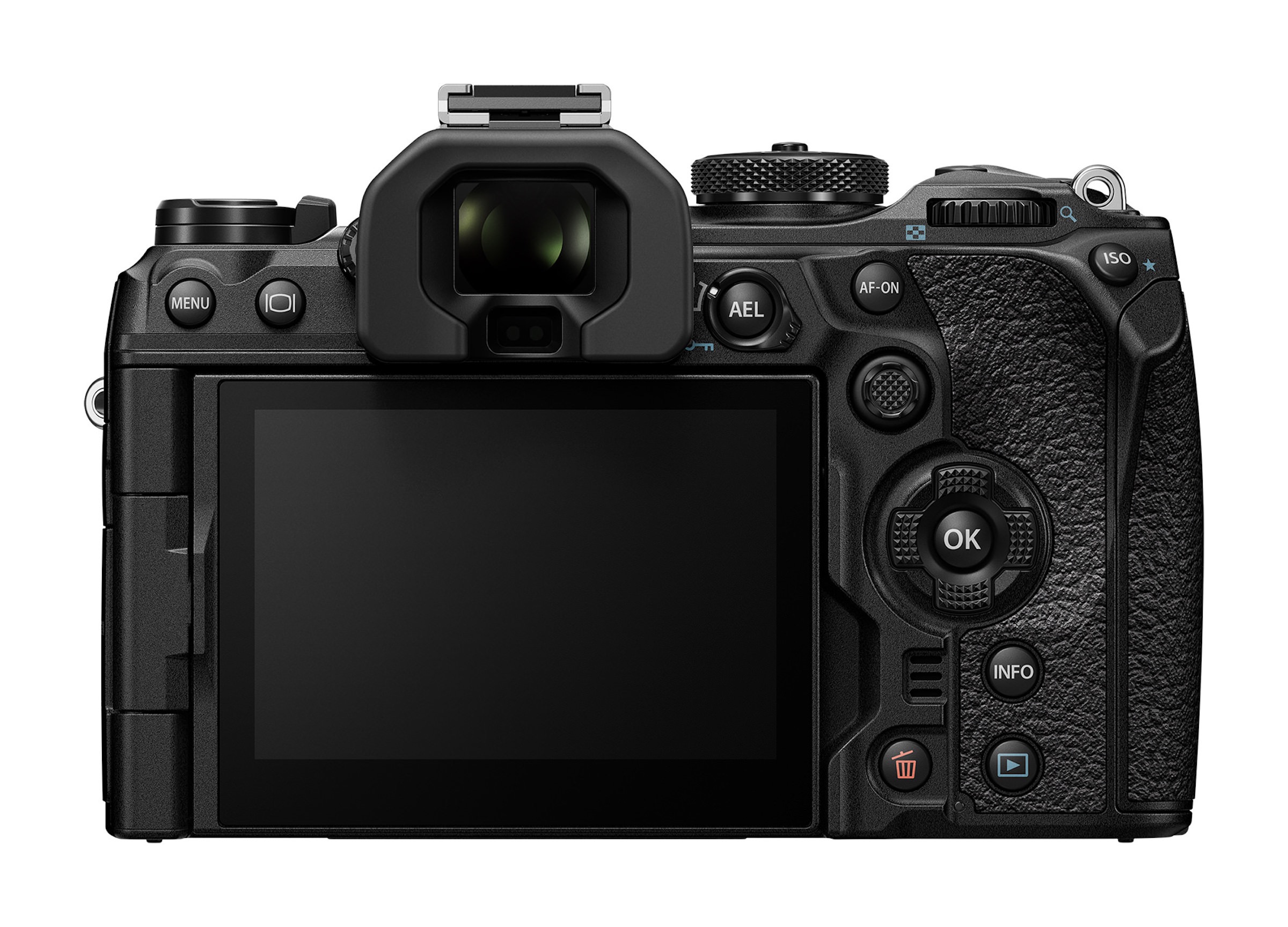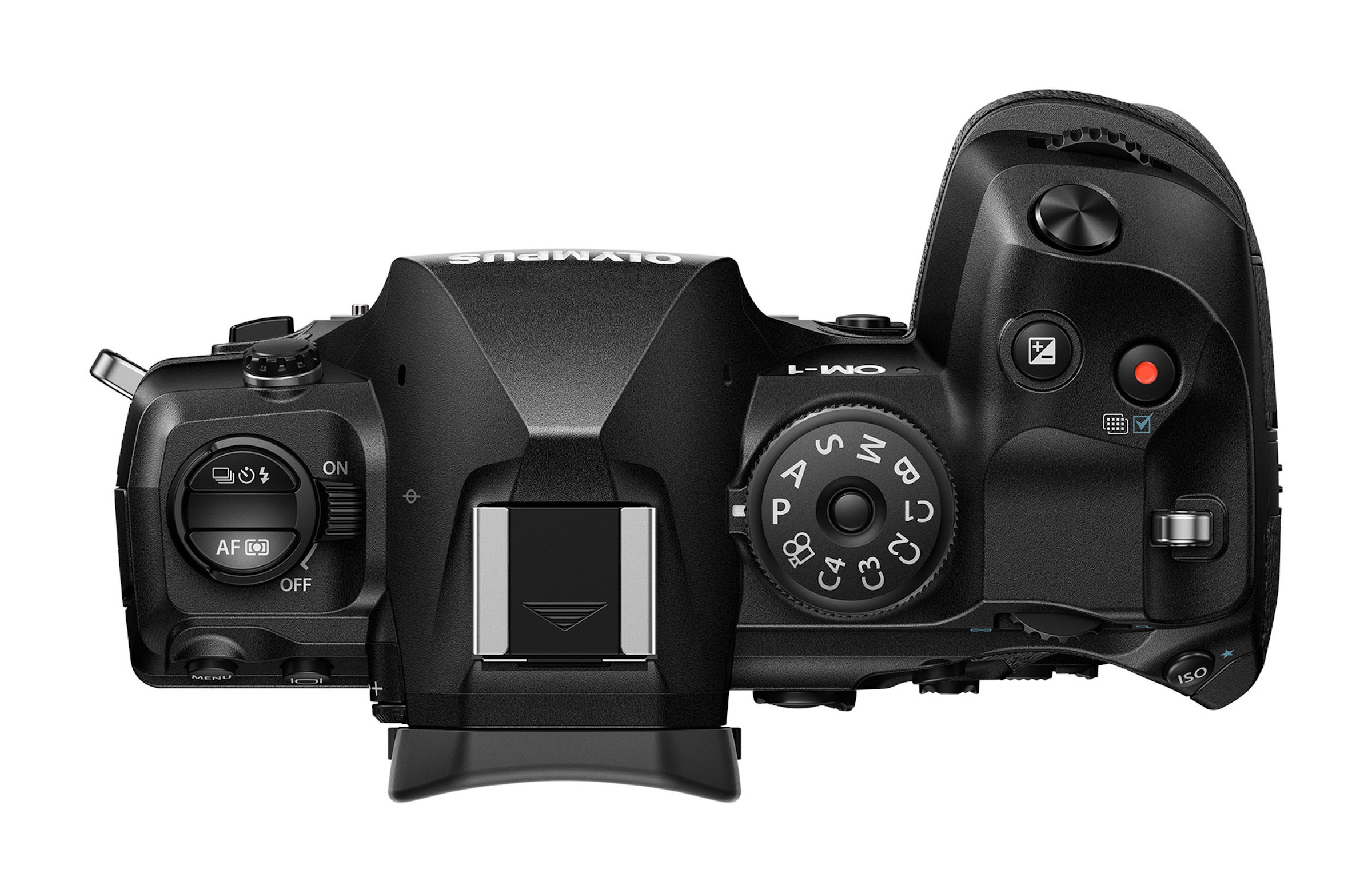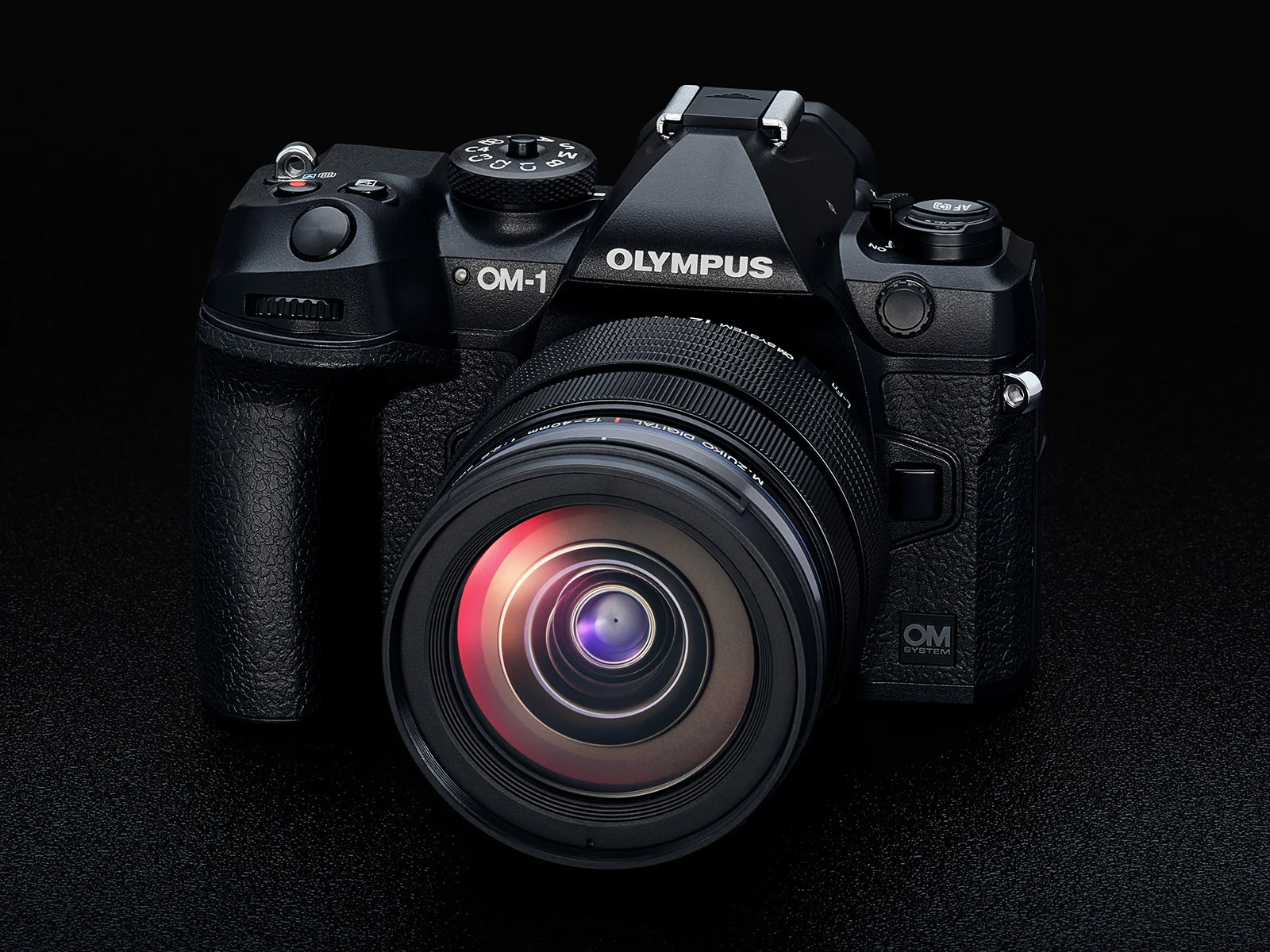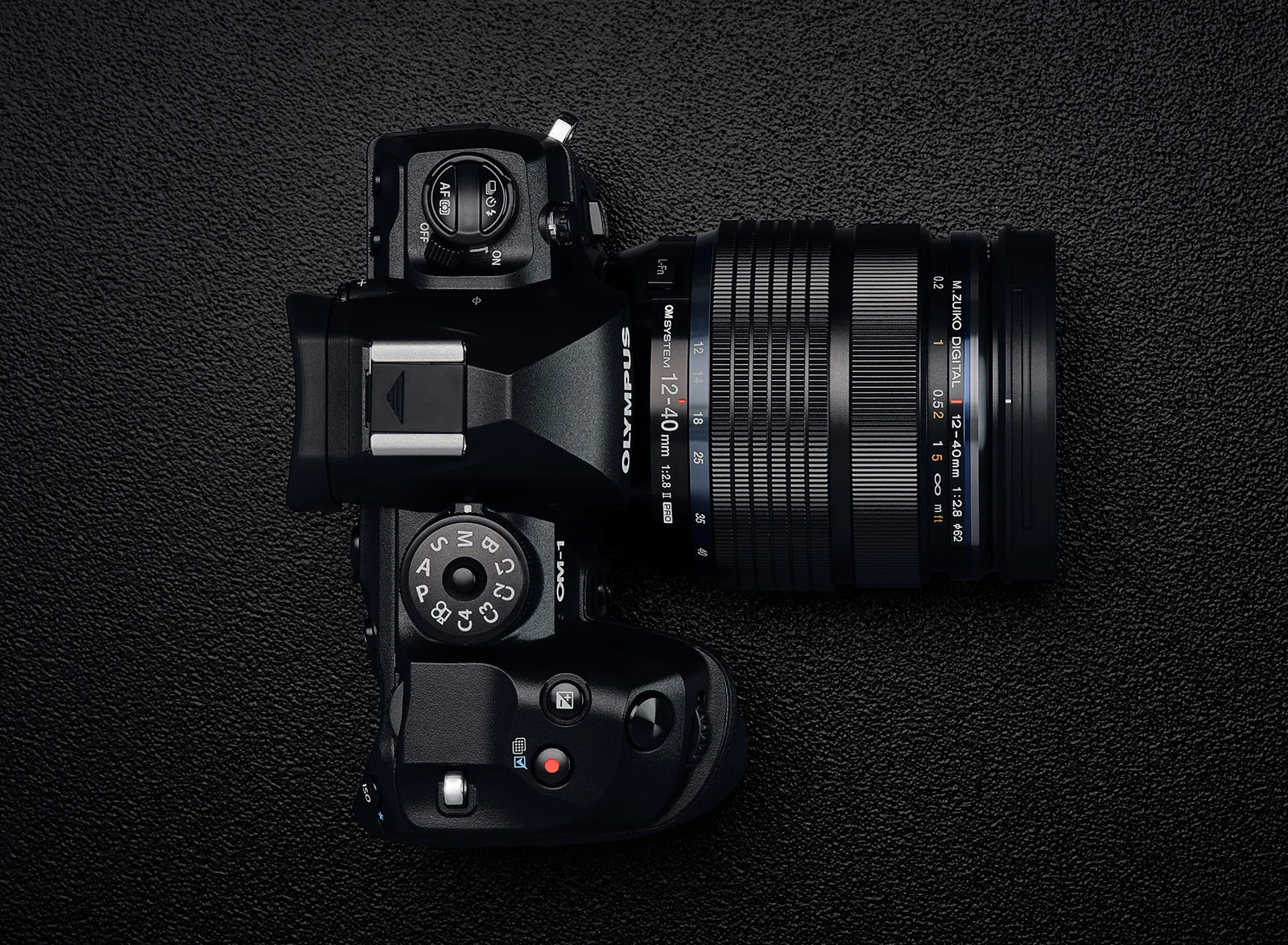OM Digital Solutions Unveils the OM-1 Micro Four Thirds Camera
OM Digital Solutions has announced the OM SYSTEM OM-1 camera, the last that will feature the Olympus logo. The OM SYSTEM OM-1 is the culmination of new devices and cutting-edge digital technologies, delivering high image quality that goes beyond the expectation of the sensor size. It also features autofocus and sequential shooting performance that far surpasses conventional models, and dramatically improves basic performance. Computational photography technology has been incorporated, empowering the photographer to utilize such features as Live Composite and High Res Shot mode, without the need for advanced shooting techniques, special equipment, or skills, delivering a rich variety of expressive power for more photographic opportunities than ever before.
This model features a high-end compact, lightweight body unique to OM SYSTEM, including the new 20 Megapixel Stacked BSI Live MOS sensor, and the latest TruePic X image processor, which is three times faster than previous models. The OM SYSTEM OM-1 delivers high image quality that goes beyond the expectations of the sensor size. Not only does it take full advantage of high-resolution M.Zuiko Digital lens performance, delivering the highest ever resolution, but new noise processing technology increases the maximum normal sensitivity to ISO 25600 and expanded maximum sensitivity to ISO 102400. Furthermore, the dynamic range has been improved thanks to the latest image processing technology. These improvements deliver a richer range of tonal expressions than ever before, from shadows to highlights.
The high-performance image stabilization in the OM SYSTEM OM-1 delivers up to 8.0 stops of compensation with 5-axis sync IS, and up to 7 stops with the body alone. The new Handheld Assist feature makes it easy to capture slow shutter speed effects that previously required a tripod.
The OM-1 also features a series of multi-shot computation modes including Live ND, which takes multiple images and composites them to replicate the effect of using a slow shutter speed with a neutral density filter to add motion blur to an image. Live ND on the OM-1 now offers up to six stops of simulated ND strength. Other capture modes that carry over from previous models include a Live Composite mode that helps salvage highlights in long exposure shots, a Focus Stacking mode, and a built-in HDR mode for tone-mapping the higher DR of multiple exposures into a standard dynamic range image. OMDS says these modes are all much quicker due to the camera’s faster readout and more powerful TruePic X processor.
Here are some sample pictures:
The OM-1 features a quad-pixel autofocus system (a quad-division photodiode configuration) — the first such system in any camera — which brings 1,053 all cross-type phase-detection focus points that allow the camera to catch focus nearly anywhere on the sensor.
This autofocus arrangement is designed to allow the camera to focus on various patterns and subjects across all pixels and the entire shooting range. OM Digital claims that the high-speed calculation capabilities of the new TruePic X processor and the new AF algorithm enable high-speed, high precision focusing on the subject no matter where it is in the frame. The OM-1 is also equipped with AI Detection AF, which OM Digital says was developed using deep learning technology. In addition to greater than ever high-speed, high-precision subject recognition and tracking, the OM-1 can recognize formula cars, motorcycles, airplanes, helicopters, trains, and birds, as well as dogs and cats. In addition to C-AF, this functionality is also supported with S-AF for shooting a wider variety of scenes. Overall, OM Digital says that the detection precision, tracking performance, and responsiveness of Face Priority/Eye Priority AF in the OM-1 have been improved significantly over previous cameras.
The OM-1 can also shoot up to 50 frames per second, blackout-free, with AF/AE tracking enabled at full 20.37-megapixels. It can go even faster, up to 120 frames per second, with locked AF/AE. The OM-1 features a focal-plane mechanical shutter that can fire as fast as 1/8000 second and an electronic shutter that can fire as fast as 1/32,000 second in silent mode. Both modes can shoot for as long as 60 seconds per exposure.
OM Digital rates the buffer to handle 139 RAW photos with the maximum 10 frames per second mechanical shutter, 108 RAW photos shooting at 20 frames per second, and 92 RAW photos at the maximum 120 frames per second.
The OM-1 is able to capture 4K at up to 60 frames per second and Full HD footage at up to 240 frames per second. The camera also supports H.264 (8bit), H.265 (10bit), and Multi-Frame Rate for recording video clips over 30 minutes in length. Internally, the OM-1 can shoot in H.265 at 4:2:0 10-bit and HLG.
The camera also supports RAW data output at up to 12-bit 4:4:4 ProRes to external devices or via the OM-Log profile or HLG. This output will require a firmware update from Atomos to achieve.
The EVF features a 5.76M-dot OLED screen with a 120 fps refresh rate and a magnification ratio of up to 1.65x (0.83x in comparable terms), while there’s a 3.0″ fully articulating touchscreen display with 1.62M-dots on the back of the camera. In front of the sensor is a shutter unit rated for 400,000 shutter actuations. The camera also features a Supersonic Wave Filter (SSWF) dust reduction system that vibrates the filter more than 30,000 times per second to remove dirt and dust.
The OM-1 offers two UHS-II SD card slots and is IP53 Rated, making it dust-, splash- and freeze-proof down to -10ºC. The camera measures approximately 135mm wide, 92mm tall, 73mm deep and the body weighs approximately 511g.
The OM-1 is expected to go on sale in early March 2022 for $2,199.99 for the body only.

